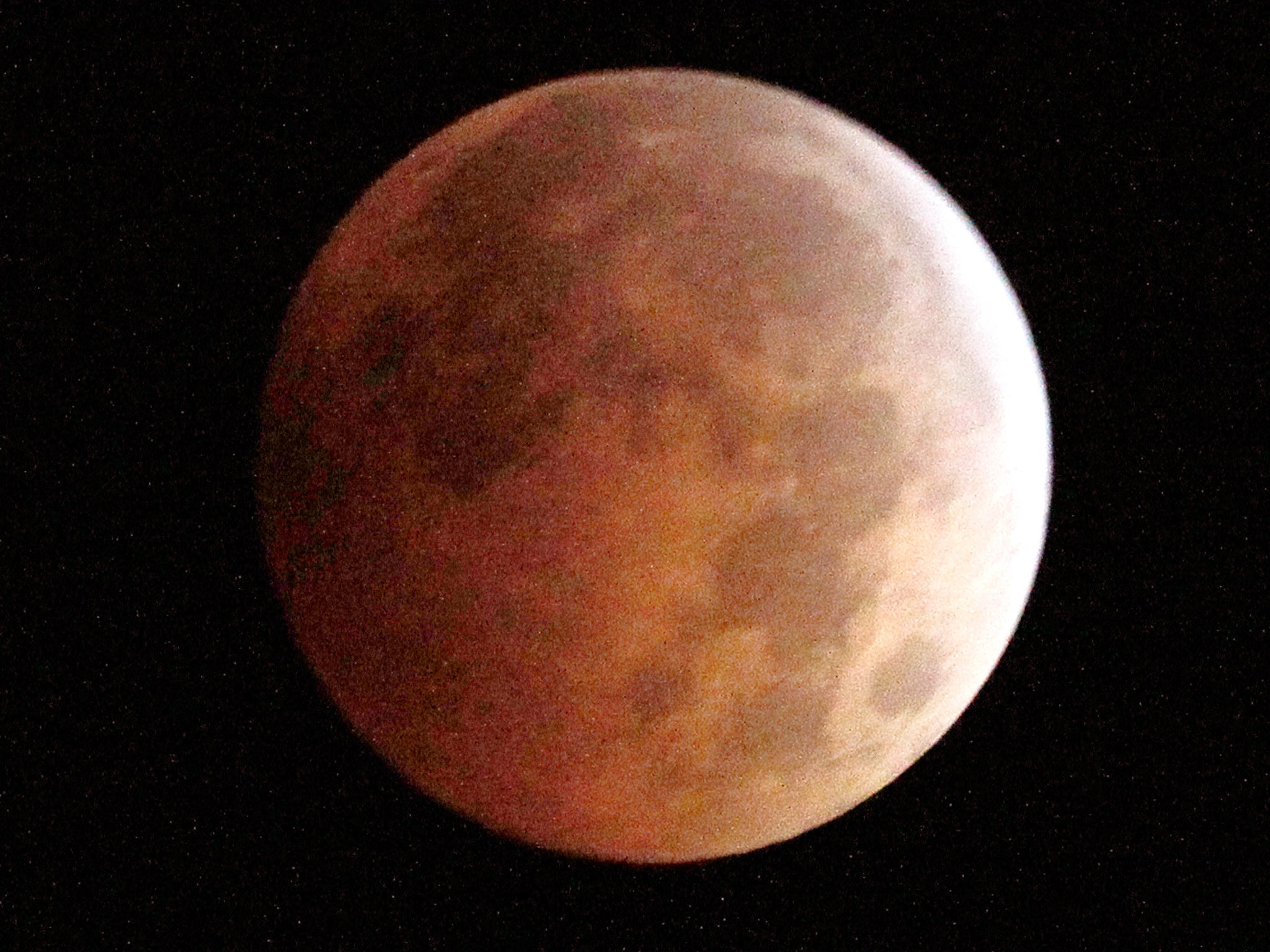Friday the 13th: Where does it come from and why do we still care?
It makes good fodder for films, but where did this superstition come from?

Your support helps us to tell the story
From reproductive rights to climate change to Big Tech, The Independent is on the ground when the story is developing. Whether it's investigating the financials of Elon Musk's pro-Trump PAC or producing our latest documentary, 'The A Word', which shines a light on the American women fighting for reproductive rights, we know how important it is to parse out the facts from the messaging.
At such a critical moment in US history, we need reporters on the ground. Your donation allows us to keep sending journalists to speak to both sides of the story.
The Independent is trusted by Americans across the entire political spectrum. And unlike many other quality news outlets, we choose not to lock Americans out of our reporting and analysis with paywalls. We believe quality journalism should be available to everyone, paid for by those who can afford it.
Your support makes all the difference.Today is Friday the 13th, and many people will be nervously watching the skies for sudden lightning strikes or falling anvils. But where does our superstition surrounding this day, known as paraskevidekatriaphobia, originate from?
And why is there such apprehension surrounding the number 13? This fear, called Triskaidekaphobia, is not just of concern to some people a few days of the year – it drives them to avoid using 13 as much as possible in daily life.
Friday 13 in history and fiction
Though folklorists claim there is no written evidence for the superstition before the nineteenth century, the date has long been connected to notorious events in history and religion.
According to Catholic belief, one of the most significant events in their religion - the crucifixion of Jesus Christ - took place on a Friday the 13.
Geoffrey Chaucer also made reference to the apparent unluckiness of the day, recording in his Canterbury Tales that it was bad luck to start a journey or a project on a Friday.
One of the most popularised myths attempting to explain the origin of the Friday 13 superstition stems from events on Friday 13 October 1307, when hundreds of Knights Templar were arrested and burnt across France.
This myth caught the public’s attention after it was used by Dan Brown, among other historical fiction writers, and has been peddled endlessly by conspiracy theorists linking the Knights Templar to everything from Freemasonry to the Holy Grail.
Unlucky 13?
The origins of Triskaidekaphobia – the fear of the number 13 – could be traced back to the 19th century belief that Judas Iscariot sat in the 13th place at Jesus’s table at the Last Supper.
Along with Jesus, there were 12 disciples at this meal, and Judas has come to represent betrayal and bad luck in Western societies. Even if there is no direct biblical evidence linking Judas to the 13th place at the table, the number of guests at the Last Supper and its significance in the Christian religion could have been enough to cement the idea of 13 as an unlucky number in Western cultures, particularly if this idea was promoted by the superstitious Victorians.
Modern day incarnations
Ironically, the superstition of the event may be linked back to an American club that attempted to debunk the superstition surrounding the number 13 and its associated bad luck date.
The Thirteen Club first met on 13 September 1881 (a Wednesday) and determined to actively flout any and all established ‘superstitions’ they knew about.
With this in mind, the group of 13 would meet on the 13 of each month, sit 13 to a table, break mirrors, spill salt with abandon, and walk under ladders – all while carefully recording how many members died.
Over the years the group grew to roughly 400 members – including a number of US presidents – but the groups notoriety just added to the date’s significance in the public psyche.
Then, in 1907, eccentric stockbroker Thomas Lawson published a book called Friday the Thirteenth. It detailed an evil business’s attempts to crash the stock market on the unluckiest day of the year. The book was a sell-out and in 1916 made into a feature-length film.
Finally, the myth acquired the first seal of Hollywood in 1980 when Paramount Pictures released Friday the 13. Fridays would not be the same again, after Jason proceeded to slash his way across a summer camp and US box offices.
The 'statistics' of Friday 13th
There have been various studies released over the years that either prove or disprove the Friday 13 myth.
In 1993 a British Medical Journal study claimed there was a “significant” increase in incidences on a Friday the 13, but the author of the study later confessed it was “a bit of fun” as traditional in the Christmas edition.
Meanwhile, Dutch researchers found you were actually less likely to be injured on Friday 13th. The study hypothesised that people were preventively more careful on the day as a result of the superstition.
Not Friday the 13th but Tuesday the 17th?
As it turns out, paraskevidekatriaphobia is mostly an American and English fear.
Italians previously used to be far more concerned about Friday the 17th, although with the Americanisation of the country this has largely shifted to 13th for younger generations.
In Spanish-speaking countries it is Tuesdays, not Fridays, that hold superstitious omens. Their belief is also held by the Greeks, who consider Tuesdays as dominated by the influence of Ares (the God of War).
Join our commenting forum
Join thought-provoking conversations, follow other Independent readers and see their replies
Comments